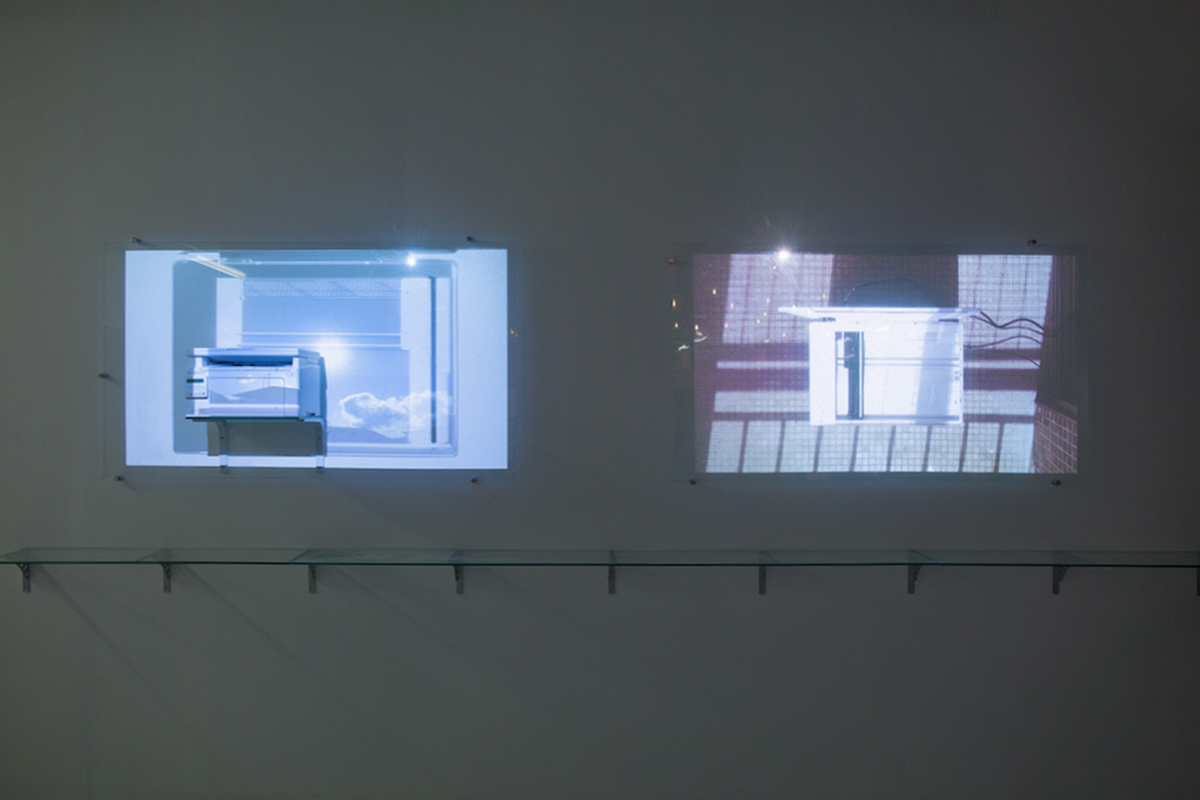Shows
“Against the Light: Sampling in Two Cities”


Tapping into the cultural specificities of the Cantonese-speaking region in Southeast China, the two-year-old Frank F. Yang Art and Education Foundation has mounted an exhibition with a focus on a younger generation of artists. “Against the Light: Sampling in Two Cities” is curated by Guangzhou-based Hu Bin and Hong Kong-based Wu Mo, who each selected three artists and collectives from their own city, setting up a dialogue between the two ports. Hu’s picks from Guangzhou were Chen Dandizi, whose work addresses the visual sensations brought upon us by light; Fong Fo, a monthly publication initiated by five artists; and painter Tang Dayao. For the other half of the roster, Wu invited painter Lai Cheuk Wah, as well as Kong Chun Hei and Tang Kwok Hin from Hong Kong. As a side note, these two sets of artists not only represent their own cities, but also their alma maters—those from Guangzhou all attended the Guangzhou Academy of Fine Arts, while their counterparts are graduates of the Chinese University of Hong Kong.
The exhibition’s title borrows from the term “backlight”—a situation where a subject stands before the source of illumination, leading to its main features being obscured in shadow or suppressed from direct viewing—in order to characterize the general artistic practice in the Cantonese-speaking region of China. As trading cities, both Guangzhou and Hong Kong have a history of being where foreigners made port, and through the years assimilated some of the ideas and aesthetics that were brought to Chinese shores by outsiders.

But by taking in the title in its literal sense, most of the works in the exhibition could be seen as the results of alternative uses of light, whether direct or subliminal. Chen Dandizi’s two-channel video The Other Side of the River (2017) interpreted the reflection of sunlight on water as Morse code, with the artist’s pseudo-translation displayed on the screen; Tang Kowk Hin’s Finishing Line (2017), also a two-channel video, is a site-specific piece with two monitors showing two scanners recording the image of a blazing sun—against the sunlight that is beating down on them.

On a more conceptual level, Kong Chun Hei’s installation of painstakingly produced replicates of one of You Space’s walls, on which hung Lai Cheuk Wah’s painting obscured by semi-transparent acrylic sheet, focuses on how light is used in the visual representation of artworks and their settings. This emphasized how the ideal viewing conditions for different works of art could vary greatly.
Some of the other creations on show strayed from the exhibition’s premise. Tang Dayao’s two paintings, at least one of which depicts a moonlit beating in a seemingly suburban setting, and Fong Fo’s installation Fong Fo Music Ensemble(2017), where one must follow the music tablature on a monitor and play instruments like a video game, wander in an ambiguous direction: the only light these works involve might be the theatrical limelight that they are fighting for?
For this writer, the standout work of the exhibition was one of Tang Kwok Hin’s videos Present “Reminiscences of the Eastern Capital” (2012– ), because it elaborates on the exhibition’s premise perfectly. To shoot a backlit photo—that is, against the light—one needs to face the full-on brightness and look for details in the dark to cultivate a dramatic image. Over the course of five years, Tang would visit each of Hong Kong’s 18 districts to film chain stores during the day and take photos of closed shops at night, combining the two to create a single video feed. To decode the images we see, viewers must take in the mixed layers offered by the artist, and separate them on our own. That is, we must look into—or against—the light, to grasp the two identities of the city.
“Against the Light: Sampling in Two Cities” is on view at You Space, Shenzhen, until February 25, 2018.







